

One of my favorite things about EVE Online is that just about everything you use in the game, the ships you fly, the ammo you shoot, the modules you fit were all crafted and sold by other players. It’s a universe built upon supply and demand, and without the hardworking industrialists and the secondary industries that support them, New Eden would implode upon itself.
But as these goods make their way from the production plant to the hands of the customers, there is a ripe opportunity to make billions of ISK for the player with a little patience and an appreciation for the entrepreneurial spirit. I’m talking, of course, about trading.
It takes many forms, from producing the goods yourself and selling them at a profit, to hauling equipment to war zones to sell at an exorbitant price—it’s the market moguls that make that happen.
This week on Final Frontier, we’re going to be taking a quick look at market trading, but specifically the subset of it known as margin trading, buying low and selling high to reap maximum profit for little effort.
The market in EVE Online differs from plenty of MMORPGS because of the inclusion of a buy order system as well as the typical sell orders. Many MMOs follow an auction house model, where players could list an item to sell and other players could either bid on the item in question or buy it outright for a higher fee.

In EVE, players looking to offload items can either create a sell order, listing the item at a specific price and paying a small fee depending on the length of time the order will remain active, or they can sell directly to a pre-existing buy order. Of course, in most circumstances creating a sell order will net the player a greater profit as the invisible forces of a market attempt to keep sell orders high and buy orders low. The thing is, many players are simply unwilling to play the game that comes with nursing a sell order, as other orders will come in to undercut the price by cents on the dollar. Most players want to make a quick buck; a trader makes his by exploiting these desires.
Likewise, when players are looking to acquire an item, they just want to buy it and have it right away, usually because it’s required for a ship they’re about to fly or something similar. Those with more patience can create buy orders and, with a little luck, score the item at a deal much lower than what it was selling for.
It’s a unique and nuanced relationship, and our first attempt at making money at marketing will be playing to the immediacy of these two groups of players: those looking to sell quick and those looking to buy quick.
Successful traders deal in diversity, spreading their wealth across hundreds of active market orders and making every ISK work towards generating two more. The margins are sometimes small, so much so that, before long, you’ll have a notepad next to your desk for split second calculations. But the adage of little things adding up to a lot is at the heart of market trading. A few hundred thousand ISK here and there might seem like chump change, but those little transactions multiplied over hundreds of active orders means players can, at any time, have hundreds of millions of ISK pouring into their wallets.
So here is what I want you to do bright-eyed EVE player: open up the market tab and make a buy order. It doesn’t really matter what item you find, just so long as the selling price is a bit higher than the buying price. Finished? Good, do another one. And another one. Now, we wait. Go blow something up.
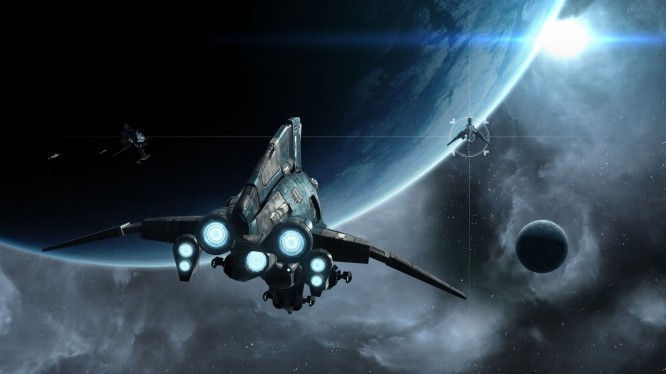
In a few hours, assuming no one inched out your buy orders (you should check once in awhile because they absolutely did) you will have a few items in your inventory. Now, take those items—whatever they are—and sell them. This time, make a sell order and instead of selling directly to a buy order as the screen defaults to, set a price that is one tenth of an ISK below the next lowest sell order. With some luck, those items will sell and you’ll have made a tiny little profit, and also have beaten out the competition.
More importantly, you now understand the governing law of margin trading: buy low, sell high. Using this simple mantra, you can begin to set out and start your career as a margin trader.
Here’s the best part: you never have to leave the station—not if you don’t want to. Of course, many pilots will. My market trading character also doubles as a hauler, and I use her to fly around to systems and seeding them with necessary equipment at markups. I also exploit differences in regions by taking items from one trade hub to another to capitalize on the price differences.
But more often than not, my pilot is sitting in station and three times a day I update my market orders to reflect the latest changes in price. These changes are often miniscule, and you will quickly realize that becoming obsessive about having the lowest sell order will drive you crazy. The moment you adjust a sell order to be the lowest price, another player will make the same adjust and inch you out. The trick here, is to to have so many orders going that you can afford to not always be first in line. Cast wide nets.
What you just did above is described as margin trading—exploiting the differences in supply and demand to make a tidy profit. By buying items from hasty sellers and then selling them to hasty buyers, you can build an entire trillion ISK empire. But there is a little bit more to it than that. Let’s start with the basics.

One of the things I would highly recommend doing is making an alternate character to act as your trader. The reasoning is simple, if your main character is 40 jumps deep in null-sec, they simply won’t be able to provide the care and attention their market orders require. Being a margin trader is some of the easiest ISK you can make in EVE Online, but it does require you to be a doting mother, nursing your buy and sell orders in order to make sure they are always at the highest and lowest prices. Don’t get me wrong, the greatest thing about trading is that it works on your schedule. Some of the richest players in trading only update once a day, so find what works for you. Of course, if you have the ability to check orders more than once a day, do it. The extra exposure will always make you more money.
Creating a fresh character will allow you to park them in a station and when things are boring or you have a minute to spare, you can log into them to update their market orders. Having that character on the same account can be tedious, however, since you’ll need to logout in order to access them. If you have the money to spare (and if you’re diligent, it won’t be long until you do) consider buying a second subscription to EVE Online so that you can play both characters at once. It’s what I’ve been doing for a year now and I feel like the coolest person alive having two different EVE windows open on my two monitors. My wife totally digs it.
The other thing is you’re going to have to give up training skills on your main character for awhile until your trading character is caught up to speed. That can be frustrating.
Regardless of how you decide to set yourself up, be it using a second character on one account or dropping the money for a second subscription, let’s look at what skills you’ll need.
All told, without plugins or a neural remap, training will take roughly 20 days. Getting started, prioritize the skills that will lead to a reduction in taxes and fees for doing business, as these will help your bottom line. It’s better to chip away at all of these skills slowly that focus on them one by one.
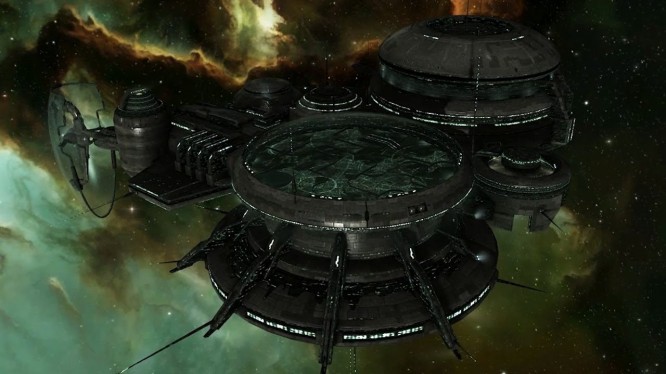
New Eden is divided up into four major empires within high-sec: Amarrian, Caldari, Gallente, and Minmatar. Each nation occupies a quarter of empire space, with each quadrant being home to a system that players have collectively decided acts as a market hub. In EVE, the Caldari station of Jita 4-4 is the biggest market hub due to its central location in the empire, it’s the king of kings for traders. However, I highly recommend that you get started somewhere a little less cutthroat, like Amarr Emperor Family Academy or Dodixie, a station in Gallente space. Amarr is perfect for being close enough to Jita to benefit from the influx of cash, but far enough away to feel less aggressive. Dodixie is further out, but also a great hub full of sellers and buyers.
Minmatar space has the trade hub of Rens and Hek, but I’d recommend sticking to Dodixie, Amarr, or Jita. These stations tend to be some of the busiest, and are easy access to pilots from all over New Eden. Rens and Hek always felt a little out of the way, and you want to be a bit closer to the pulse of New Eden.
For now, focus on experimenting. Stick to items that represent only a tiny investment to avoid making any dangerous bargains. Get used to how the interface works and manipulating it effectively. Place buy orders on several items and watch how quickly you can fill those orders. Did you have stiff competition? Was there a lot of selling happening? These questions, and many more, will all be second nature to you within a few weeks.
Next time, we’re going to take a look at how to read the price history graph and tables, which will allow you to decide if an item is worth trading. We’re also going to spend some time covering the different financial classes you might find yourself in, and what items would make sense to trade in without risking too much of your total worth.
Fly safe!

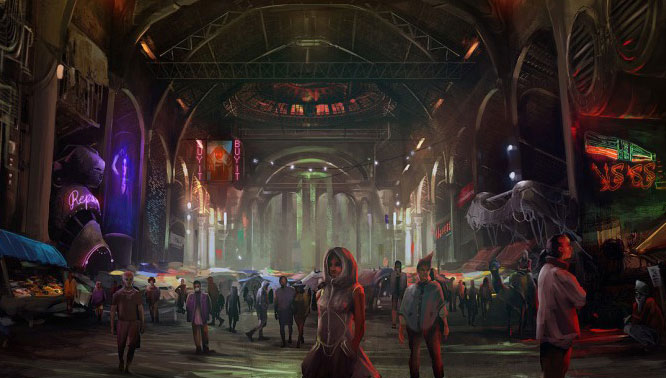

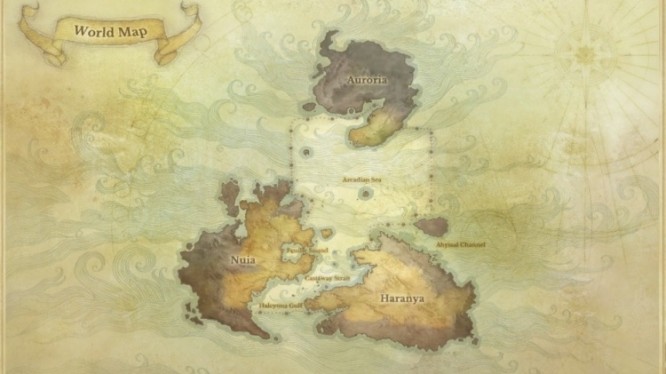
 Eorzean Evening Post: Heavensward is a Whole New World .
Eorzean Evening Post: Heavensward is a Whole New World . Final Frontier: The Future of EVE .
Final Frontier: The Future of EVE . Sevencore: Guilds – The More the Merrier
Sevencore: Guilds – The More the Merrier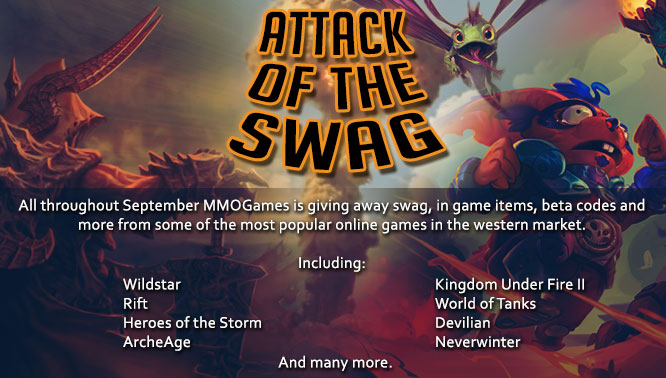 Attack of the Swag Giveaway: Week Two .
Attack of the Swag Giveaway: Week Two .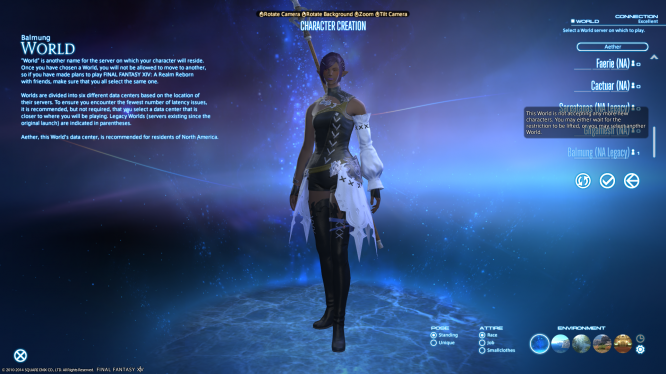 Eorzean Evening Post: FFXIV Recruitment Woes .
Eorzean Evening Post: FFXIV Recruitment Woes .